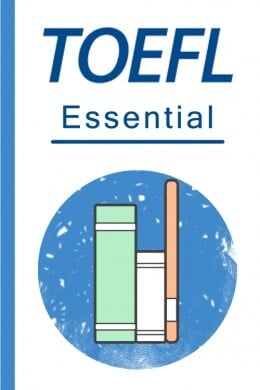
Geschöpf
Die Entdecker staunten über die Vielfalt der Kreaturen, denen sie in den Tiefen des Ozeans begegneten, von bunten Fischen bis hin zu schwer fassbaren Kraken.
Hier lernen Sie einige englische Wörter über das Tierreich, wie "Reptil", "Nagetier", "Bestie" usw., die für die TOEFL-Prüfung benötigt werden.
Überprüfen
Lernkarten
Rechtschreibung
Quiz


Geschöpf
Die Entdecker staunten über die Vielfalt der Kreaturen, denen sie in den Tiefen des Ozeans begegneten, von bunten Fischen bis hin zu schwer fassbaren Kraken.

Tierwelt
Schutzbemühungen sind wichtig, um bedrohte Wildtiere zu schützen.

Spezies
Der afrikanische Elefant und der asiatische Elefant sind zwei verschiedene Arten von Elefanten.

Lebensraum
Der Lebensraum des Pandas sind die bergigen Bambuswälder Chinas.

Bestie
Die Jäger fürchteten das Tier, das im Schatten lauerte.

Säugetier
Koalas sind Beuteltiere, eine Art von Säugetier, das einzigartig in Australien ist.

Nagetier
Ratten, eine andere Art von Nagetier, sind für ihre Intelligenz und Anpassungsfähigkeit an verschiedene Umgebungen bekannt.

Amphibie
Salamander sind Amphibien, die einen schlanken Körper und einen langen Schwanz haben und oft in der Nähe von Süßwasserlebensräumen zu finden sind.

Reptil
Krokodile sind eine der gefährlichsten Arten von Reptilien in der Wildnis.

kaltblütig
Schildkröten, als kaltblütige Kreaturen, sind auf warme Umgebungen angewiesen, um ihre Körpertemperatur zu regulieren.

Menschenaffe
Forscher beobachteten die sozialen Verhaltensweisen von Affen in ihrem natürlichen Lebensraum.

a toxic substance produced and secreted by certain animals, typically used for defense or hunting

stechen
Mücken verwenden ihren Stachel, um zu stechen und sich vom Blut ihrer Wirte zu ernähren.

tarnen
Die Soldaten tarnten ihre Fahrzeuge, um die Feinderkennung zu vermeiden.

züchten
Unser Hund hat sich kürzlich mit dem Hund eines Nachbarn gepaart, und jetzt erwarten wir Welpen.

legen
Jedes Jahr kehrt die Meeresschildkröte an denselben Strand zurück, um ihre Eier in den Sand zu legen.

the partner of an animal, especially for reproduction

Höhle
Füchse graben Bauen in den Boden oder nutzen bestehende Höhlen, um ihre Jungen aufzuziehen und vor Raubtieren Schutz zu suchen.

Schwarm
Als die Sonne unterging, versammelte sich die Schar der Flamingos am Wasserrand, ihr lebhaftes Gefieder warf einen rosafarbenen Schimmer über das Marschland.

Herde
Eine große Herde Elefanten bewegte sich durch die Savanne.

Rudel
Die afrikanischen Wildhunde bildeten ein enges Rudel, das zusammenarbeitete, um große Beute zu erlegen.

Pfote
Die schlammigen Pfoten des Hundes hinterließen Spuren auf dem Küchenboden, nachdem er draußen gespielt hatte.

Klaue
Die Krallen des Adlers umklammerten den Ast fest.

Schnabel
Der scharfe Schnabel des Adlers half ihm, seine Beute zu zerreißen.

domestizieren
Alte Zivilisationen domestizierten Pflanzen wie Weizen und Reis und machten sie zu Grundnahrungsmitteln für die Landwirtschaft.

ausgestorben
Wissenschaftler arbeiten unermüdlich daran, zu verhindern, dass mehr Arten aussterben, indem sie gefährdete Tiere und ihre Lebensräume studieren und schützen.

wandern
Die Vögel wandern jeden Winter nach Süden auf der Suche nach wärmeren Klimazonen.

Tierarzt
Der Tierarzt untersuchte den verletzten Hund und verabreichte die entsprechende Behandlung.